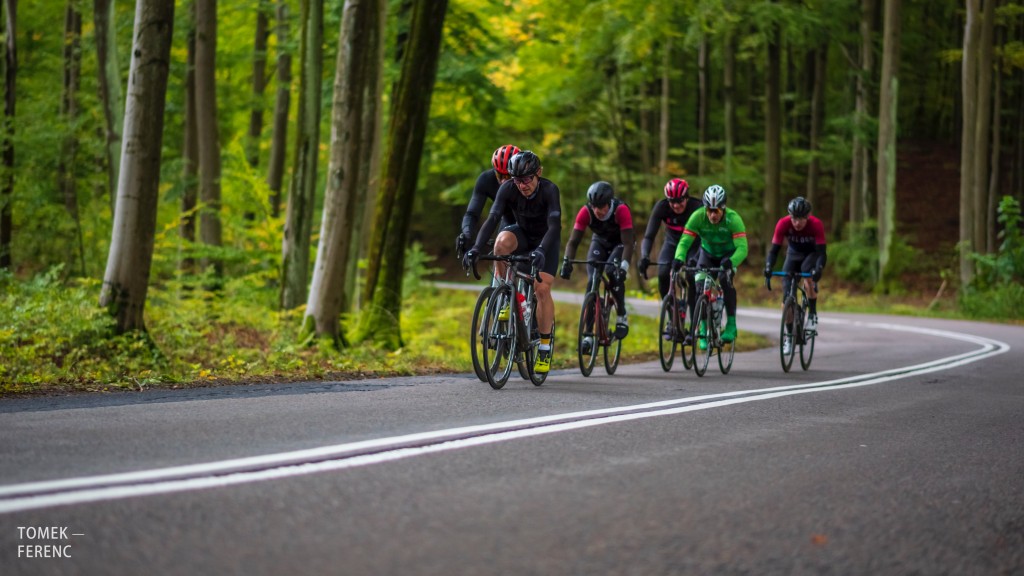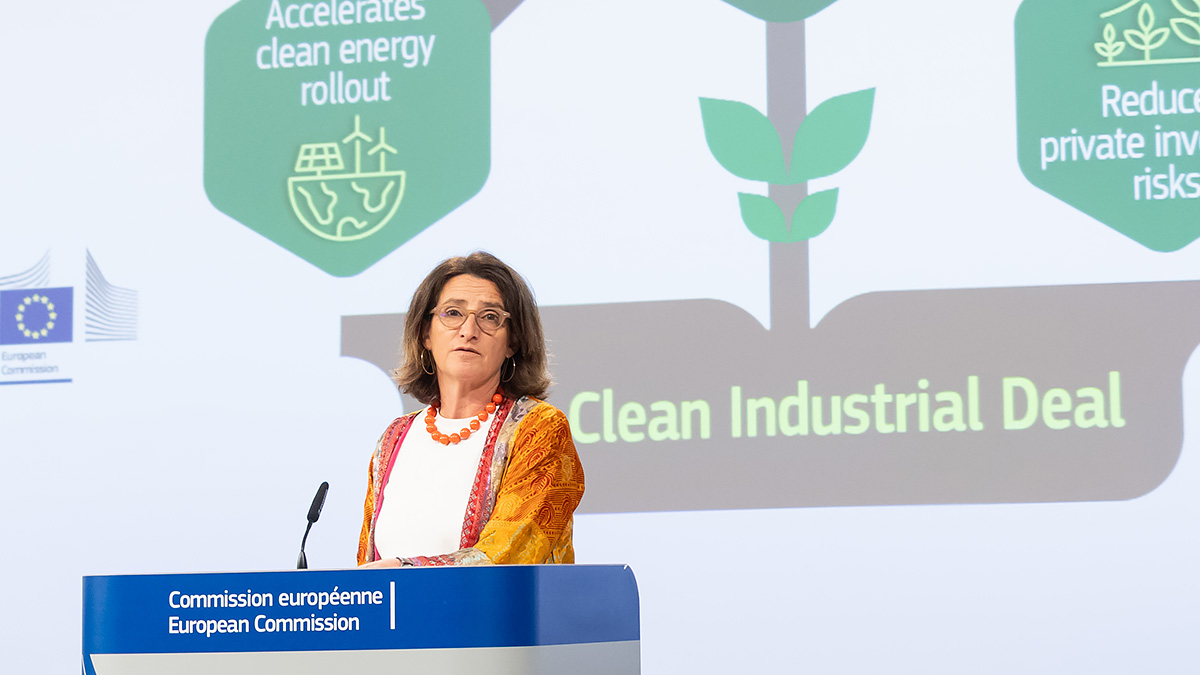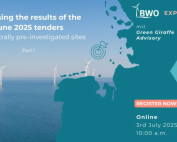The Climate Classic Poland 2023 rally, which aims to raise awareness of the dangers of climate change and motivate participants to take action to reduce their carbon footprint, is starting in Gdańsk on the 28th of May. We talked about the initiative and the history of the event with volunteers Dominik Gajerski and Dominik Piotrowski, as well as Marta Kamińska from the Tricity cycling association Cyklo. We are delighted that BalticWind.EU is a media partner of such an important event.

What is your initiative about?
In 2019, the Cycling 4 Climate foundation organised the first Climate Classic rally in the Netherlands to draw attention to rising sea and ocean levels as a direct consequence of global warming. Cyclists then rode a route along a new coastline that is predicted if the temperature of our atmosphere continues to rise at the current rate. What was alarming was that the route was often tens of kilometres inland compared to the current coastline.

Dominik Gajerski
Poland is already experiencing the effects of climate change. In recent years, we have regularly experienced droughts, forest fires, floods and other violent weather phenomena. Unfortunately, awareness of climate change and the need to act is still insufficient among both our society and politicians. Without decisive steps we will not be able to prevent a climate catastrophe or adapt to these inevitable changes. Hence the idea to organise the Climate Classic in Poland. The choice of Żuławy Wiślane as the place for the rally is not accidental – it is precisely this corner of the country, located partly below the sea level, that is one of the most threatened by rising sea levels.
The primary aim of our initiative is to raise public awareness of the climate crisis and mobilise people to take concrete action. This is why a condition for participating in the rally is to count your own carbon footprint and make an honourable pledge to reduce it by making changes to your daily life.
You really don’t have to turn your life upside down to be effective in fighting for the climate – even small steps such as turning off the lights when you are away or not overheating your rooms make a difference. This sounds trivial but is in fact powerful. Fighting for climate change is a bit like riding in a peloton – everyone has to contribute their bit to get to the finish line.
We want to get our message across to as many people as possible. Hence the importance of visibility. Participants in all Climate Classic rallies wear identical T-shirts with a striped motif, which is a graph of rising average temperatures.
How have the rallies in other countries gone so far?
Poland is the fourth European country to host the Climate Classic, after the Netherlands, Belgium and France. Three editions have already taken place in the Netherlands. The last one hosted more than a thousand people. In Belgium and France, these are ‘grassroots’ initiatives that are only just gaining momentum. There are usually several routes to choose from, but each is over 100 km long. This year in France, the Climate Classic will be organised for the second time and I know that a parent-child version is planned, over a shorter distance – an excellent idea that we will consider next year. I have to admit that we have ambitions to prove that in our part of Europe climate issues also fall on fertile ground and we hope to be surprised by the number of volunteers already in the first edition.

Marta Kamińska, Tricity cycling association Cyklo
Who is organising the rally? How can anyone get involved in the initiative?
The rally is organised by a group of volunteers in cooperation with the Tri-City cycling association – Cyklo. We operate under the aegis of the Dutch foundation Cycling 4 Climate, which provides us with expert support. It is not our aim to make a profit – all the money we raise from partners goes towards reducing the price of the race packs, securing the rally and offsetting our carbon footprint.
As I mentioned earlier, we want to reach as many people as possible with our message. This is why we are very keen to have a presence in traditional and social media. It may sound trivial but we find it crucial to be seen. Distributing our content and being able to talk about what we do is very important to us at this stage.
What kind of turnout are you hoping for?
We are hoping for around 150-200 riders to take part in the rally itself. It’s an ambitious target. We need to bear in mind that the long distance of the rally is almost 250 km, the short distance is “only” 100 km and that the rally is being held for the first time. But the measure of success is not the number of participation packages we give out. Ultimately, the measure of success will be the number of people we can convince to reduce their carbon footprint. Among the participants, their families, as well as supporters and observers of our event.
An important part of the initiative is to count the carbon footprint of the participants – what will this approximately look like?

Dominik Piotrowski
We are asking each participant to count their individual carbon footprint using a simple online calculator. The link is already on the rally’s website. Moreover, in the registration form we have included a question about individual commitment to reducing CO2 emissions. To make it easier, we have prepared a “cheat sheet” with ideas on how to do this effectively by making small changes to our daily habits.
This is an honorary pledge and we do not intend to audit it, but it is a prerequisite for taking part in the rally. On the website of the Cycling 4 Climate foundation you can see the Dutch editions’ summary of these commitments. Some ideas are incredibly innovative.
To demand from others, we also have to demand from ourselves. Therefore, our intention as organisers is to count the carbon footprint of the event itself and to offset it as effectively as possible.
We invite all interested parties to visit the organiser’s website and to register here














